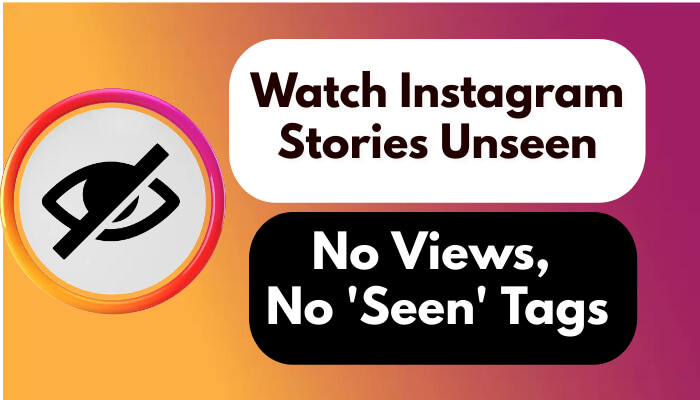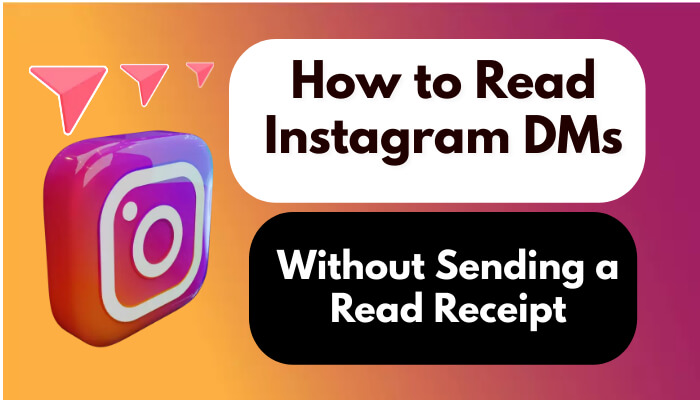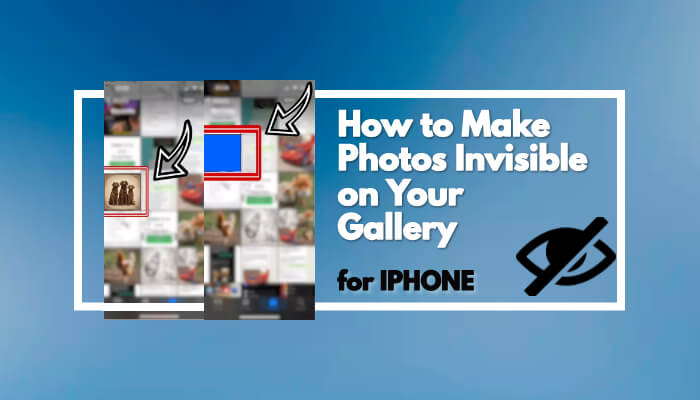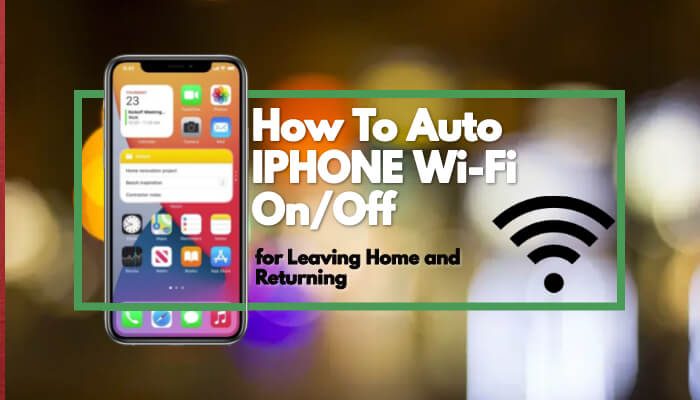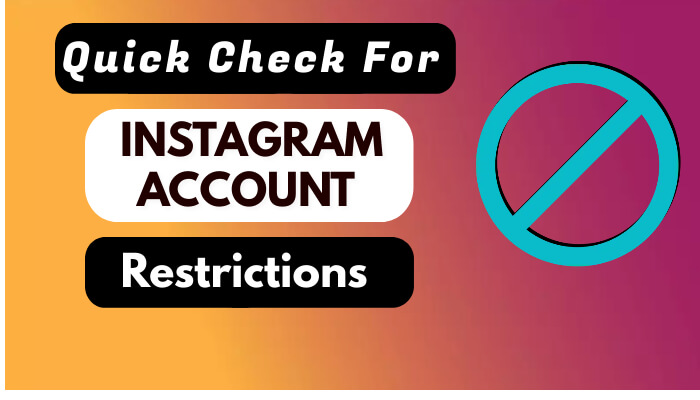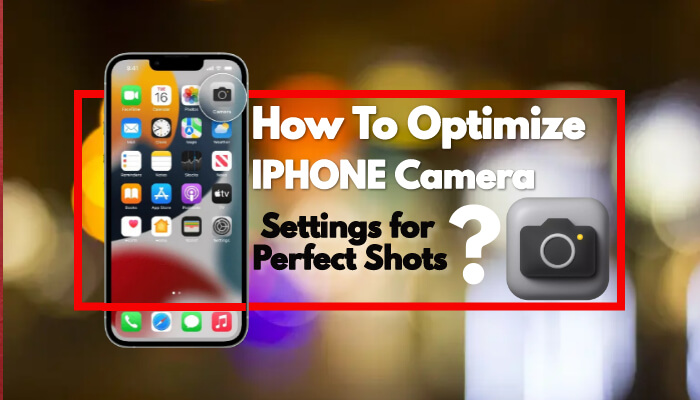
Snap hopes to make its platform the center of an AR universe by enabling creators to make money off its in-app lenses.
Augmented reality isn't really a thing yet but face lenses as seen on Snapchat, Instagram, Zoom, TikTok and other apps are. Millions of users across these platforms tap a button and dog ears suddenly appear on their head, rainbows are fired out of their mouth or their makeup is subtly or not so subtly transformed into a new style. Most users don’t think of this as AR or view it as evidence of some revolutionary new technology. But whether you call them lenses, filters or something else, it’s all AR
Snap announced at its Lensfest developer event this week that it now has more than 300,000 developers building AR products for its platform and that together, they’ve built more than 3 million lenses. That number is up from a year ago and for Snap, it's proof that AR is already finding some product-market fit.
Snap's big news at this year's Lensfest is all about monetization. Snap is working with some creators to build lenses that include buyable digital goods such as in-game items or upgraded lens controls. The plan borrows ideas from the economies of platforms like Roblox and Fortnite, with a dash of NFTs. Either way, Snap hopes it helps developers make money now and incentivizes them to keep building going forward. "We're very optimistic that this will create more opportunities for Snapchatters to pay for the value that they're getting in our experience," Snap CTO Bobby Murphy says. "And then also motivate even more investment and time and effort and increase the level of quality around use cases."
AR is good. It’s going to get better. But it'll only get big if it’s also a big business.

Snap’s big news at this year’s Lensfest is all about monetization. The company is working with some creators to build lenses that include buyable digital goods — think in-game items, upgraded lens control — that users can purchase with Snap Tokens. This idea borrows from the in-game economies of platforms like Roblox and Fortnite and the NFT craze. Snap is hoping this will help developers make money now and incentivizes them to keep building going forward. “We’re very optimistic that this will create more opportunities for Snapchatters to pay for the value they’re getting in our experience,” CTO Bobby Murphy says, “and also motivate even more investment and time and effort and increase the level of quality around use cases.”
Building an AR business is crucial for Snap's long-term prospects. The company knows that face lenses on a smartphone are not the final form of AR—dedicated glasses, always-on experiences, and software that understands what you're looking at and what you might want to do with it are the long-term vision for augmented reality. "If I do choose to put a piece of hardware on my face," says Qi Pan, Snap's director of computer vision engineering, "it has to be adding value to my life almost every minute that I'm wearing it; otherwise, I will choose not to do it."
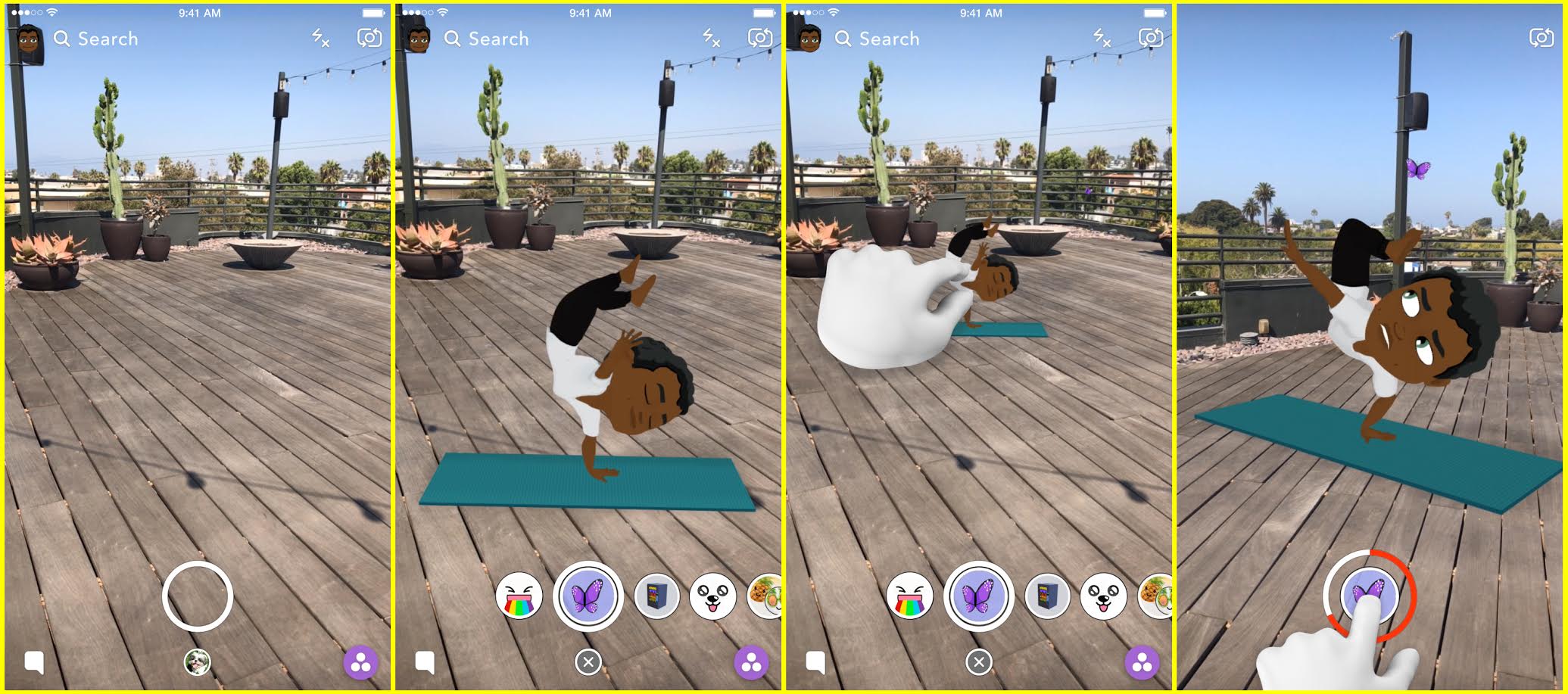
That’s a high bar, and nobody’s close to clearing it. Murphy says he’s confident the company will get there, though. “This future that has felt super far away for many years actually feels closer than I would have even guessed several years ago,” he says. Snap’s latest version of Spectacles has been in developers’ hands for more than a year now, and while it’s still a primitive gadget — with big battery life and overheating issues and a relatively low resolution and small field of view — Murphy says he’s seen enough to convince him that Snap is on the right track.
If Snap wants to see its vision through, though, it has to be right both about the 10-year plan and how to get from here to there without killing the company in the process. Long-term bets take time, and the current economic moment, in particular, doesn’t really allow that: Amazon has had to make cuts to Alexa because it can’t figure out how to monetize its voice assistant, Meta’s decade-long metaverse bet has played a role in tanking the company’s stock price, and even Snap has had to cut back on some of its more exploratory projects like the flying Pixy drone. Inventing the future is expensive and risky, even in the best of times, and these are not the best of times.
Figuring out how developers can make money goes hand in hand with another big question facing Snap and the whole AR industry: how is AR supposed to, you know, work? So far, there are only a few things the industry seems to know for sure. Face lenses are a winner. So is virtual try-on, which lets you see how everything from sunglasses to couches will look before you buy them. People are starting to use AR to get more information on a monument or statue or painting in a gallery. But ultimately, just as the smartphone spawned entire new industries and human behaviors, AR will eventually change in ways nobody expects.

AR and the camera will enable countless new ways for people to express themselves and connect with one another on Snapchat. These experiences could be anything — from a fun face filter to a more serious use case like distance education. The key is that they happen in the camera, and they happen in the real world.
Murphy also says he thinks Snapchat’s Scan feature has huge potential as a visual, real-world search engine along the lines of Google Lens and that as Snap gets better at understanding users and the world, it can learn to offer that information more proactively (and, presumably, ads and shopping opportunities, too).
This can be helpful for people with visual impairments, but it can also be beneficial for anyone. If you’re traveling somewhere and want to take a quick look at a museum or landmark before you go in, you might be able to scan it with your phone and get a detailed model. Pan says that this is just the beginning, too. “The mobile phone is the only device that is with you all the time,” he says. “It’s the only device that is with you at every moment, and it can be more helpful than any other device that you have.”
And it also requires a lot of money, especially for AR hardware. AR glasses aren’t as complex as self-driving cars, but they do require a lot of sophisticated sensors and computer chips, which make them expensive enough to limit adoption. The consensus among industry analysts is that the first truly mass-market AR glasses will arrive in the next few years, somewhere between 2022 and 2025.
At the same time, Murphy acknowledges that nobody knows everything about how AR is going to work. He says the company is trying to build on what it knows works while also experimenting with new ideas about the future. The key, at least for Snap, is to nail the basics — like the carousel of lenses that users are used to swiping through to find fun stuff or the press-and-hold way of accessing Scan. “It’s important that we really get that right,” Murphy says, “but what each of those has allowed us to do is then create a much more flexible framework to then learn with many different types of AR use cases.”
All of that experimentation is happening on Snapchat and other social media platforms, on gaming consoles and VR gear, on streaming video sites, and on every other corner of the internet. The next 10 years of AR will be messy, and they’ll be fun. They’ll be a wild ride.
As with any rocket launch, there will be lots of flame and noise along the way, but the destination is clear. If Snap is successful, the company will have played a vital role in getting the industry closer to that goal. With every new product release, Snap gets a few steps closer.
And it will require a company that can maintain a culture of creative risk-taking while growing into a large public company with a responsibility to its investors.
